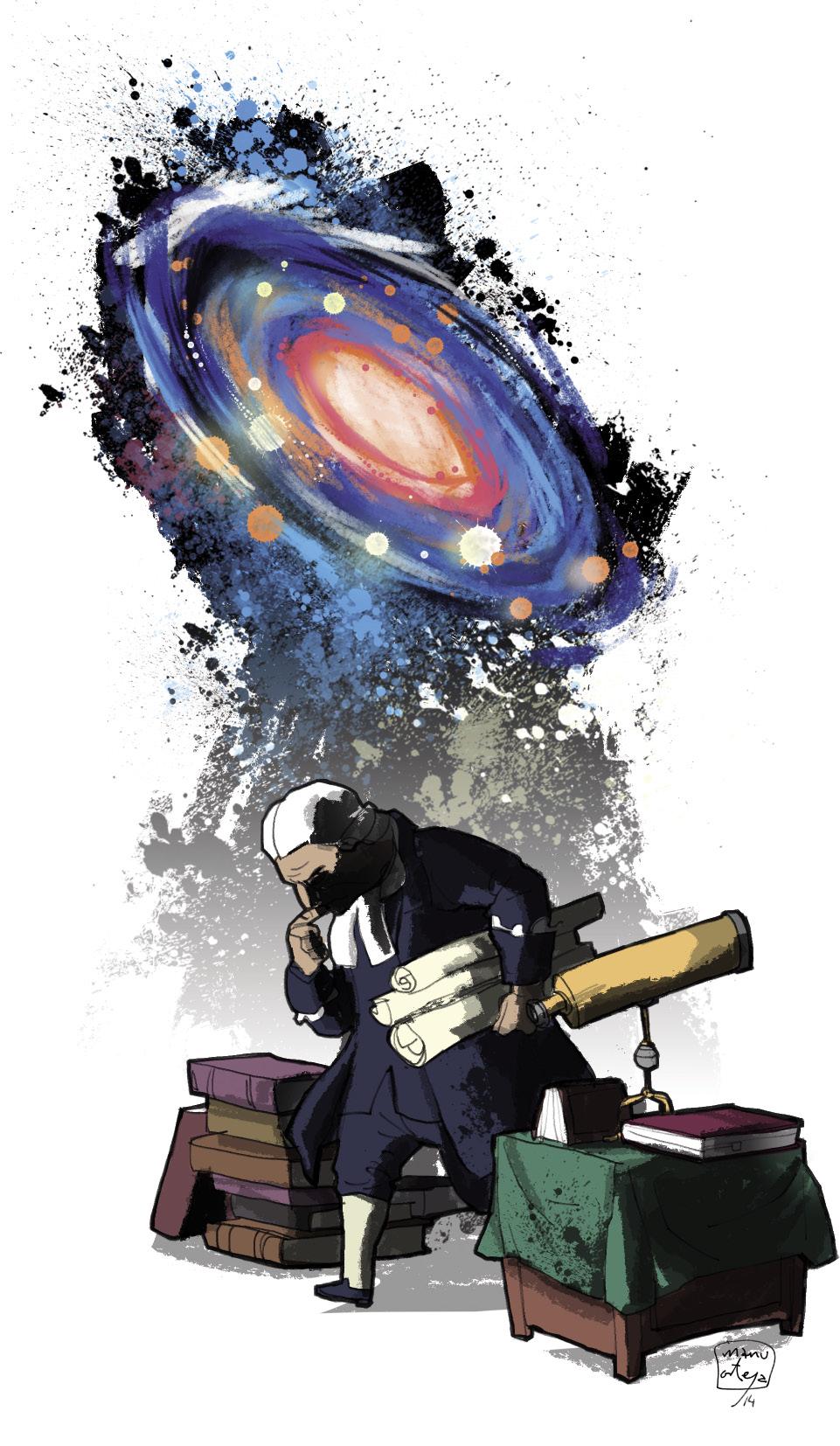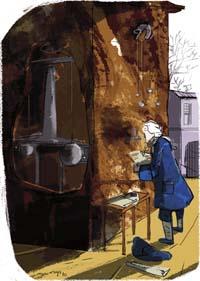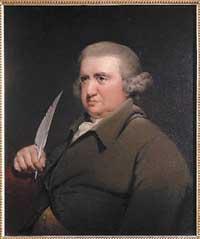John Michell, dark stars
2014/11/01 Etxebeste Aduriz, Egoitz - Elhuyar Zientzia Iturria: Elhuyar aldizkaria

A machine to weigh the world. It was the last one created by John Michelle, rector of Thornhill. And surely also the most ingenious thing I had ever created. He could not weigh the world because he died before he could experiment with the machine. But Michelle did much more than that.
A contemporary has written in his diary that he was “a small man”, “of brown and fat skin”. His portrait is unknown. Born in 1724 in Eakring (Nottinghamshire, England). He studied at Queen’s College in Cambridge and then taught for several years. During those years he combined eleven titles of arithmetic, geometry, philosophy, geology, theology, Greek, Hebrew…
In 1750 he wrote in Cambridge “Treatise on Artificial Magnets”. In this work, in addition to providing a method of making artificial magnets, he gave other specific observations on magnetism, including the “reverse square law”.
Years later, in another work written after the Lisbon earthquake of 1755, he proposed that earthquakes were waves that spread through the earth and that were related to fractures of the terrestrial strata (failures). He was able to calculate the epicenter and focus of the Lisbon earthquake. He suggested that tsunamis are also due to submarine earthquakes.
This work led him to join the Royal Society in 1760. There he meets Henry Cavendish. They became very friends, as evidenced by the letters they would exchange throughout their lives. Michell was probably one of the few people who could be a friend of the genius Cavendish, of difficult personality.
He also had friends Erasmus Darwin and Joseph Priestly, and was once at the dinners of his Moon Association. Benjamin Franklin himself invited the association of lunatics. Erasmus Darwin wrote in his Phytology (1800) after Michell's death: “Man of wisdom so concrete and universal that I have had the friendship of who for a long time and who I have felt the loss for a long time.”
In 1764 he left Cambridge and married, and the following year his wife died. He entered the parish priest of Thornhill and thereafter would lead a rather lonely life. However, he did not abandon science, but worked more than ever at Thornhill.
He was the first to apply statistical methods to astronomy. He studied the distribution of stars and found that there were more pairs of stars than expected by random alignments. He gave the first double star track. This track was very useful for William Herschell in his work on his double stars. He also exchanged letters with him. One of the subjects of the letters was that Herschell and Michelle made their own telescopes. Herschell began later, but was more skillful than Michell on the telescope. As Michelle wrote in 1781, “there is more chance of learning from him something that I can use for me than of him learning nothing from me.”
He also tried to develop a method of calculating the mass of stars, and at that time he created the idea of black holes. As Newton said, Michelle believed that light was made up of particles. Thus, Michelle argued that by emitting these particles by a star, the gravity of the star itself would reduce the speed of these particles, which would cause an observable change in the light emitted by the star. This could serve to calculate the mass of the stars.
And he wondered how much that effect could be. In 1738 he wrote to Cavendish: “Assuming that half the diameter of a sphere of the same density of the Sun is 500 times greater than yours and that it attracts light in the same proportion, all the light emitted by this body would move into the body due to its gravity.” Michelle concluded that in the sky there may be stars that cannot be seen. And he called them “dark stars.”
He also came up with a way to detect dark stars. They would be detectable if they had another luminous star rotating around (which is one of the ways to detect black holes today).
Michelle's reasoning about the dark stars, despite not being correct, was excellent considering the knowledge of the time. Neither did the method of calculating the mass of the stars serve, so it failed to weigh the stars. The star did not weigh, but the world did. When Michell died, the machine was left in the hands of his friend Cavendish. And surely there would be no better than Cavendish to handle it. It was he who completed the experiment proposed by Michelle and weighed the world.
Cavendish always made very clear the part that Michelle had in that achievement, but that remained quite in the shade. That, and most of Michelle's works. And it is that, especially since she went to Thornhill, Michelle did little to make known her works and her discoveries. He did not convey his ideas and knowledge abroad. Michell himself was a dark star.

Gai honi buruzko eduki gehiago
Elhuyarrek garatutako teknologia






